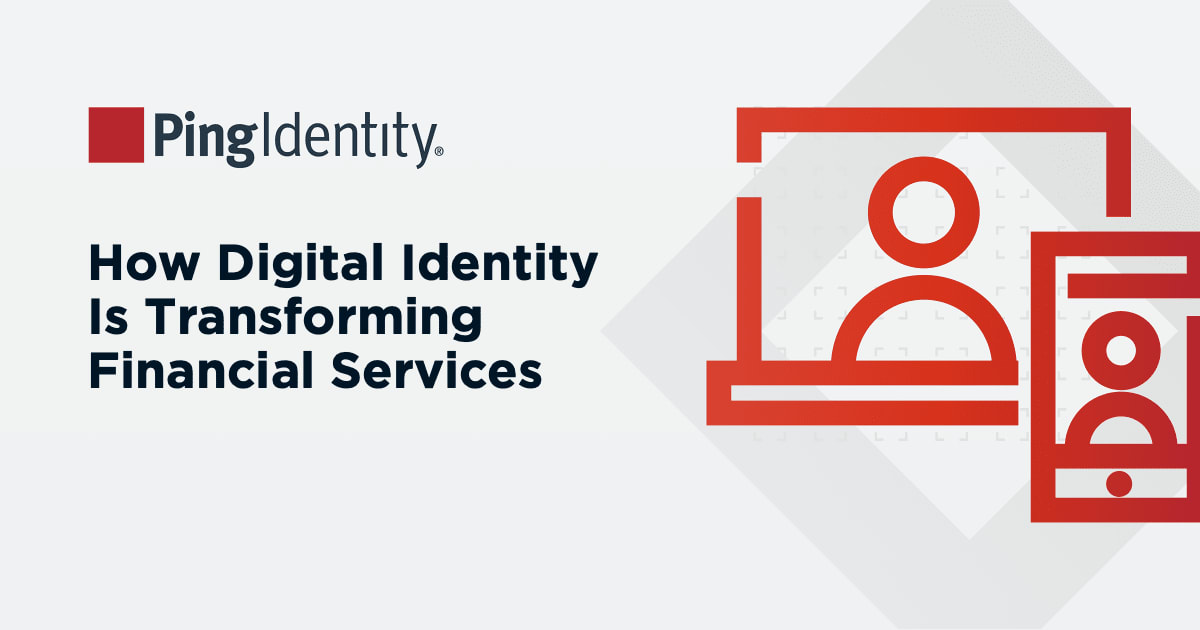1. Comprehensive Database Access
A critical factor when choosing a breached password detection service is the breadth and depth of its database sources. The security landscape evolves quickly, and for your organization to stay ahead of password-based threats, it’s essential that your detection tool taps into multiple data sources. Services that integrate with well-established databases like Have I Been Pwned provide a solid foundation, but this is just the tip of the iceberg.
Look for services that go beyond basic lists by incorporating data from industry-specific breaches and global password leaks. For example, many services draw from databases that track over 600 million compromised credentials, ensuring that even the most obscure or niche breaches are detected. The more expansive the database, the more effective the service will be in identifying compromised credentials that could otherwise slip under the radar.
In addition to global breaches, a service should include commonly used patterns, leetspeak, and variations of compromised passwords. These added layers of detection improve the odds of catching outdated, weak, or reused passwords that often fall prey to attackers.
2. Automation and Real-Time Updates
Manual management of password detection and updates is both cumbersome and inefficient. A good password detection service should offer automated updates to its breach database to keep up with new incidents and threats. This means no more relying on manual uploads or tedious processes to update your banned password list. Automation ensures that as soon as a breach is detected, the service reflects it, so your defenses remain constantly up-to-date without intervention.
Another key feature to look for is real-time detection. Ideally, your detection service should be able to flag compromised passwords as they are found and alert your team immediately. This reduces the window of vulnerability between breach detection and remediation, preventing unauthorized access or misuse of stolen credentials. Real-time alerts should be configurable based on the severity of the threat, so you can fine-tune your notification system to avoid overload while ensuring that critical breaches don’t go unnoticed.
3. Ease of Use and Reporting
A password detection solution is only effective if it’s easy to use and provides actionable insights. Look for a service with a user-friendly dashboard that allows admins to quickly assess the status of password security across their organization. The service should provide a clear overview of which accounts are at risk, whether a password is found in a breach, and what remediation steps need to be taken.
Reporting tools are another important aspect. Detailed, automatic reports can save admins time and effort when auditing password policies and compliance. For example, if your organization is subject to regulations like HIPAA or PCI DSS, the service should automatically check passwords against industry standards and generate compliance reports. These reports should clearly highlight areas of concern, such as weak passwords or non-compliance with security standards, making it easier for admins to take corrective action quickly.
4. Managed Updates and Customization
For large organizations or those with complex infrastructures, the ability to customize and manage password policy enforcement is crucial. A good detection service should allow administrators to easily update and customize banned password lists without manual intervention. Whether you’re managing a few hundred or several thousand accounts, manual updates can be time-consuming and prone to errors.
Look for services that provide managed updates—this could include everything from external list additions to dictionary updates for all user accounts. Moreover, tools that automatically apply these updates to Active Directory (AD) and sync across your entire network can help eliminate the risk of oversight. Customizability is key. A service should allow you to adjust settings based on specific needs, whether it’s enforcing more stringent password policies or blocking a set of known weak passwords that might not yet be on the standard list.
5. Compliance and Industry Standards
Compliance is non-negotiable for many organizations, especially those in regulated industries. Whether you’re in healthcare, finance, or retail, adhering to standards such as PCI, HIPAA, or NIST is critical not just for protecting data but also to avoid costly fines. Breached passwords are often a point of failure in compliance audits, which makes it even more important to choose a detection service that aligns with these standards.
A robust password detection service should help you monitor and enforce compliance with industry-specific password policies. Look for tools that can cross-reference your internal password policies against those set forth by regulatory bodies. This includes blocking passwords commonly found in data breaches and ensuring they meet the security standards mandated by your industry.
The service should also be capable of producing detailed reports that show how your organization stacks up against the required compliance standards. This will make it easier to pass security audits and prove that your company is proactively protecting user data.


